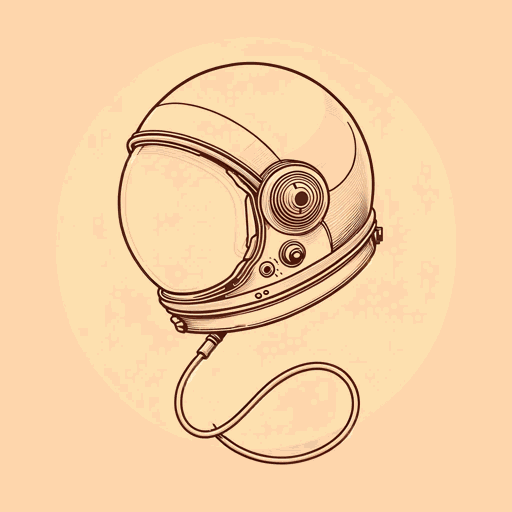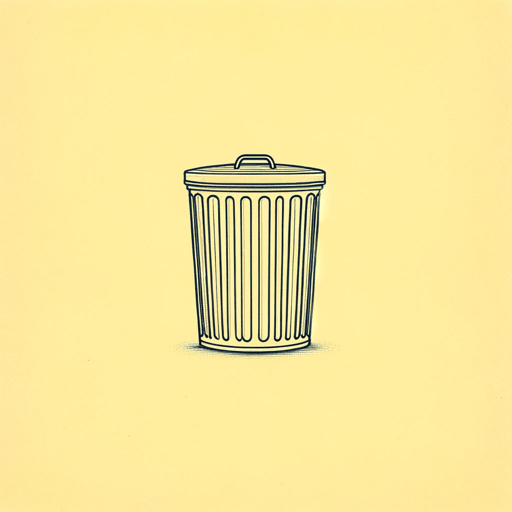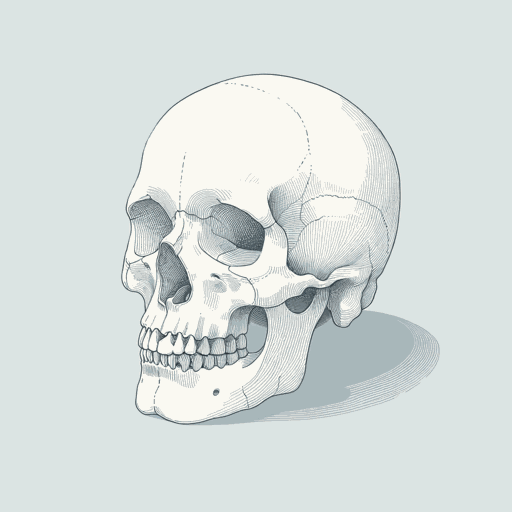50 pages • 1 hour read
Mary RoachPacking for Mars: The Curious Science of Life in the Void
Nonfiction | Book | Adult | Published in 2010A modern alternative to SparkNotes and CliffsNotes, SuperSummary offers high-quality Study Guides with detailed chapter summaries and analysis of major themes, characters, and more.
Chapters 7-9Chapter Summaries & Analyses
Chapter 7 Summary: “The Cadaver in the Space Capsule: NASA Visits the Crash Test Lab”
Another danger of space travel is the injuries astronauts may experience from crash landings. Unlike space shuttle landings, capsule landings are less predictable and result in some form of impact, ideally in water. NASA studies the multi-axial directions of impact that an astronaut may experience by using a defrosted cadaver as a test subject. Roach observes NASA scientists perform a crash test at the Ohio Transportation Research Center, where the cadaver is subjected to 12-15 G’s of impact. Lateral collisions at high velocities are most damaging; they can tear the heart from the aorta, or cause the brain’s axons to swell, resulting in a coma. Additionally, extreme vibrations can damage organs. Roach notes that the looming possibility of a violent death might explain NASA’s use of euphemisms such as “landing pulse” (140) for crash and “postmortem human subject” (143) for cadaver. In the mid-1960s, NASA performed similar collision tests on live human subjects. Some of the paid volunteers sustained severe injuries, though the participants Roach interviewed felt proud to partake in experiments that would save astronauts’ lives.
Roach discusses several methods to protect astronauts from crash injuries, including lying down during landing to regulate blood flow and prevent fainting. Padded bolsters for the head and shoulders, such as ones found in racecars, offer protection but also risk hampering an astronaut’s ability to make an emergency escape.
Related Titles
By Mary Roach
Featured Collections
9th-12th Grade Historical Fiction
View Collection
Books on U.S. History
View Collection
Equality
View Collection
Laugh-out-Loud Books
View Collection
New York Times Best Sellers
View Collection
Science & Nature
View Collection
SuperSummary Staff Picks
View Collection
Teams & Gangs
View Collection
YA Nonfiction
View Collection



